This post was inspired by #SheCoded
1840s, Ada Lovelace
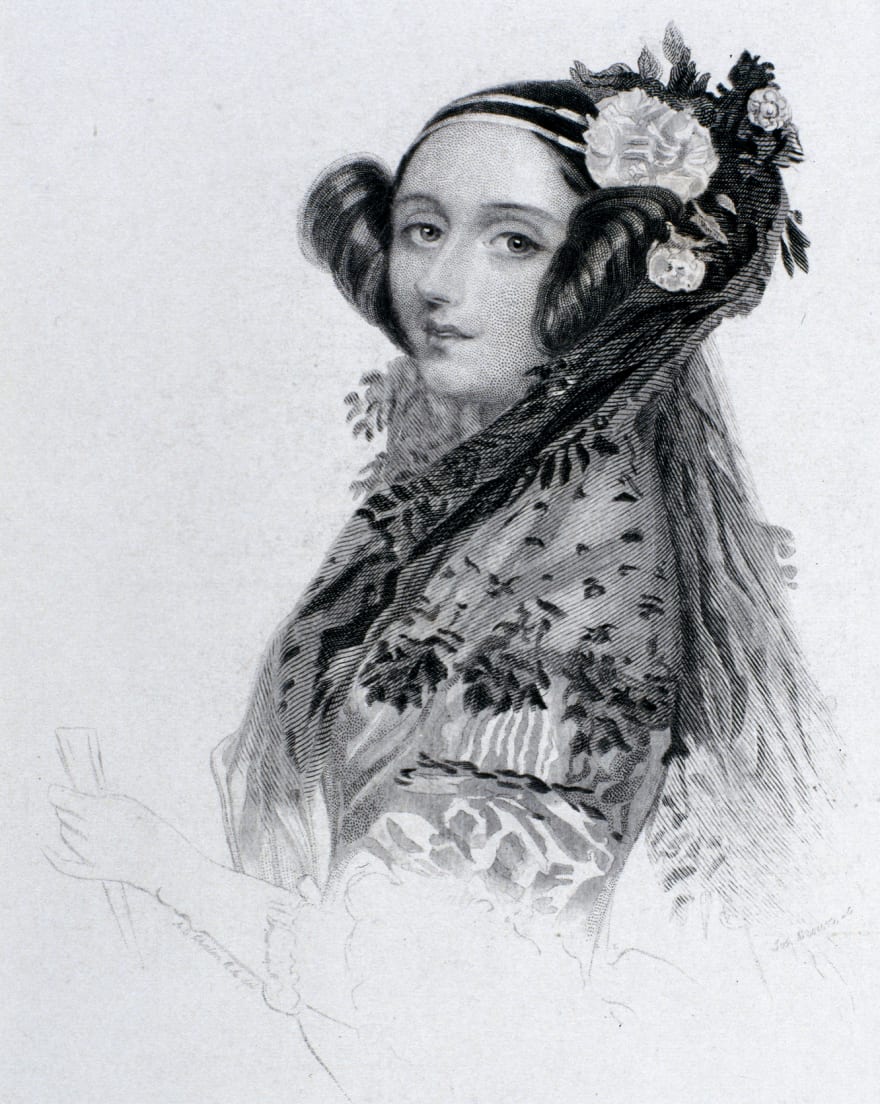
Ada Lovelace is considered to be the computer programmer (however not everyone agrees with this).
In 1833 Lovelace met Charles Babbage, he showed her his paper about a machine that he called the Analytical Engine. Lovelace not only translated this paper, that was written in Italian, to English but also corrected mistakes she found in the paper.
She saw the possible potential of the machine and wrote the very first computer program, an algorithm that would calculate the Bernoulli sequence of numbers.
Unfortunately Babbge was never able to build his machine, and Lovelace died at the age of 36 because of cancer and never saw her program being executed.
1940s, “Refrigerator Ladies”
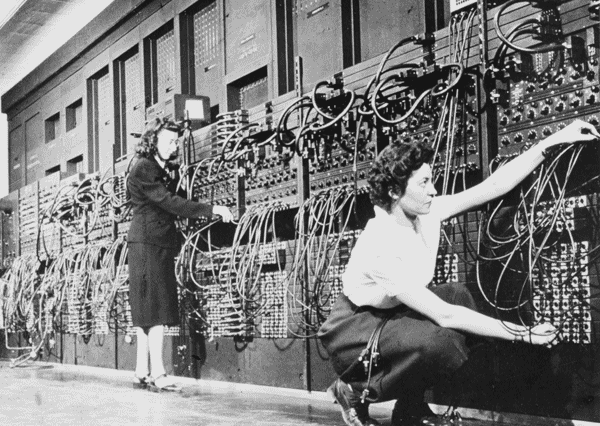
Before the 1940s female mathematicians where very common. During World War II they where actually called "Computers" and manually calculated ballistic trajectory equations for the Army.
After the war a team of six young women were selected as the first programmers for the ENIAC. Historians had at first mistaken them for "Refrigerator Ladies", i.e., models posing in front of the machine. These brilliant women didn't use programming tools or manuals because at the time these didn't exist. Instead they used logical diagrams and table to program. When they finished programming the ENIAC it was able to calculate ballistics trajectory in seconds.
Most of the women did not receive recognition for their work on the ENIAC in their lifetimes. In fact after the official demonstration, the university hosted an expensive celebratory dinner to which none of the ENIAC six were invited.
1950s, Grace Hopper
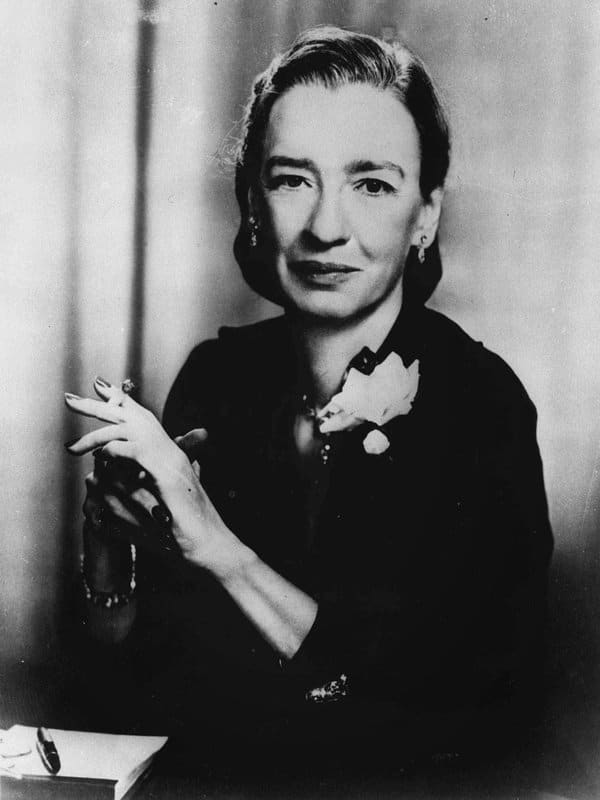
Grace Hopper has contributed a lot to technology during her life but the part I want to write about is the first ever compiler that she created.
Hopper made the very first compiler that converted words into machine code, it was called COBOL (Common Business Oriented Language). Because of this we can now write code in human readable text.
COBOL is still to this day used in a lot of bigger organisations that use order-processing business software.
1960s, Margaret Hamilton
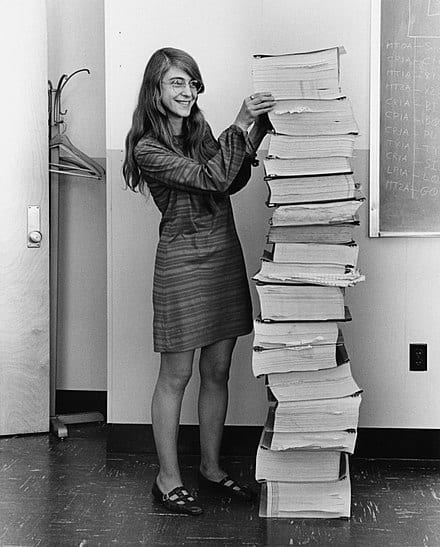
Margaret Hamilton was part of the Apollo 11 team that landed the very first 2 people on the moon. Thousands of people worked together to make this possible but it was Hamilton her code that was a big part of the success.
She developed the onboard guidance software that included a priority system. During the landing there was an overload of tasks and because of her priority system it could kill lower priority tasks and re-establish more important ones. Because of this the landing was a success.
In 2003, she was given the NASA Exceptional Space Act Award for scientific and technical contributions.
1970s, Adele Goldberg
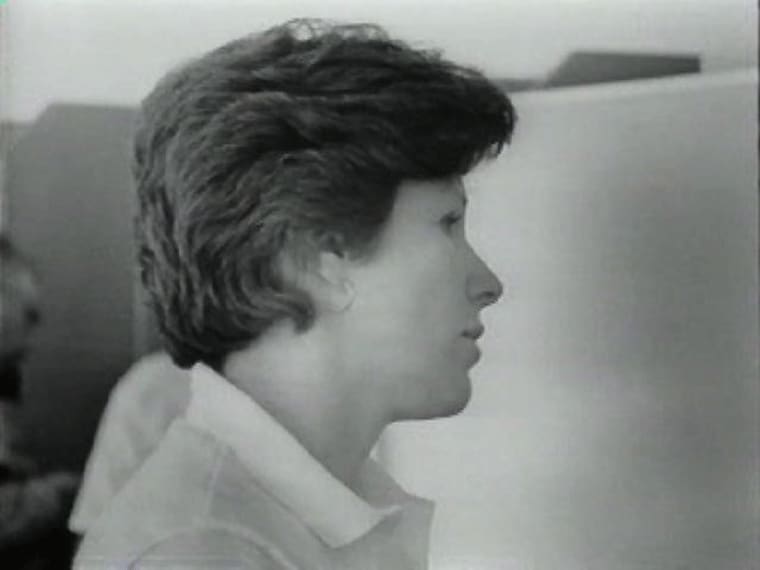
Adele Goldberg was one of seven programmers that developed Smalltalk, and wrote a majority of the documentation. Smalltalk was one of the first object-oriented programming languages, it also influenced many other OO languages after that (Java, Python, Ruby, and many others).
Smalltalk environments were often the first to develop what are now common object-oriented software design patterns. One of the most popular is the model–view–controller (MVC) pattern for user interface design. The Smalltalk language and environment were highly influential in the history of the graphical user interface (GUI) and the what you see is what you get (WYSIWYG) user interface, font editors, and desktop metaphors for UI design.
Smalltalk was used by Apple to launch Apple Lisa in 1983, the first personal computer with a GUI, and a year later Macintosh.
This is of course a very brief compilation of women that made a huge difference in the technology world and also created the jobs that many of us here have. There are a lot more women that have played a part in the world that we know today.
The programming/computing sector was mostly ran by women but in the 1990s this very rapidly changed to a mainly male dominated world (~37% female). I would love to see an increase in female programmers, there is nothing in this sector that a male would have a benefit from.
On a closing note I would like to say that we at our company hired our first female programmer this week, iOS development. Let's hope by next year this number will be increased.

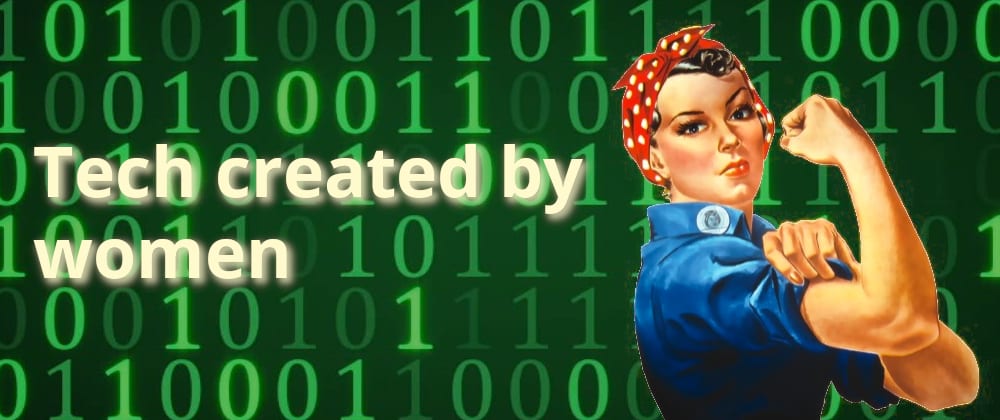
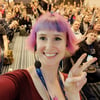




Oldest comments (3)
There are important women in the 80's, 90's, 00's and 10's which should be represented too here because It seem only history but the really is that in the present the women are very relevant in the CS.
My supervisor in my degree and PhD. in Computer Science is a woman.
There are lots many more important women that made a difference over the years, I only mentioned a couple.
I also mentioned this in the final part:
While these are good examples of great people, they are kind of well-worn examples. It's like talking about Alan Turing over and over to the exclusion of others.
Where's the undiscovered or lesser known greats of the last fifty years? In the last five? Let's talk about more people than the usual half dozen.